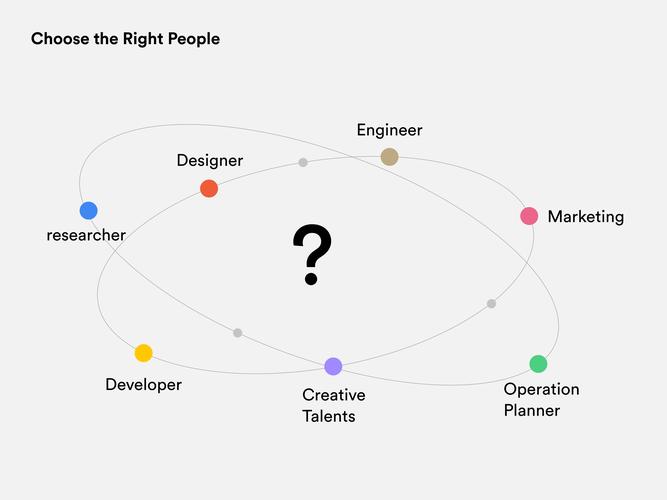How Do Bearings Work in Wind Turbines: A Comprehensive Guide
How Do Bearings Work in Wind Turbines: A Comprehensive Guide
Introduction
Wind turbines are engineering marvels that convert kinetic energy into electricity, and at their core lie critical components like bearings. Understanding how bearings work in wind turbines is essential for optimizing performance and ensuring longevity. This article explores the mechanics, types, and maintenance of these vital components while highlighting their role in sustainable energy production.
The Role of Bearings in Wind Turbines
Bearings in wind turbines reduce friction between rotating parts, enabling smooth operation under extreme loads. They support the main shaft, generator, and rotor blades while withstanding variable wind forces. Properly functioning bearings ensure energy efficiency and minimize mechanical stress.
Types of Wind Turbine Bearings

1. Main Shaft Bearings: Handle axial and radial loads from rotor blades. 2. Pitch/Yaw Bearings: Enable blade angle adjustments and nacelle rotation. 3. Generator Bearings: Support high-speed rotation in power generation units. Each type requires specialized materials like hardened steel or ceramic composites.
Importance of Bearing Maintenance
Regular lubrication, vibration analysis, and temperature monitoring prevent premature failure. Advanced sealing systems protect against contaminants in harsh environments. Proactive maintenance reduces downtime and extends turbine lifespan.
Choosing the Right Bearings
Select bearings based on load capacity, rotational speed, and environmental conditions. Partnering with certified suppliers ensures compliance with ISO standards and access to corrosion-resistant designs for offshore installations.
Industry Trends & Innovations
Smart bearings with embedded sensors now provide real-time performance data. Manufacturers are developing hybrid bearings combining steel races with ceramic rollers for enhanced durability in next-gen turbines.
FAQs
Q: How long do wind turbine bearings typically last?
A: With proper maintenance, high-quality bearings can operate 15-20 years.
Q: What causes bearing failures?
A: Contamination, improper lubrication, and material fatigue are primary factors.
Conclusion
Mastering how bearings work in wind turbines is crucial for renewable energy systems. Explore our certified range of wind turbine bearings designed for maximum reliability. Contact our engineers today for customized solutions.




 13869596835
13869596835